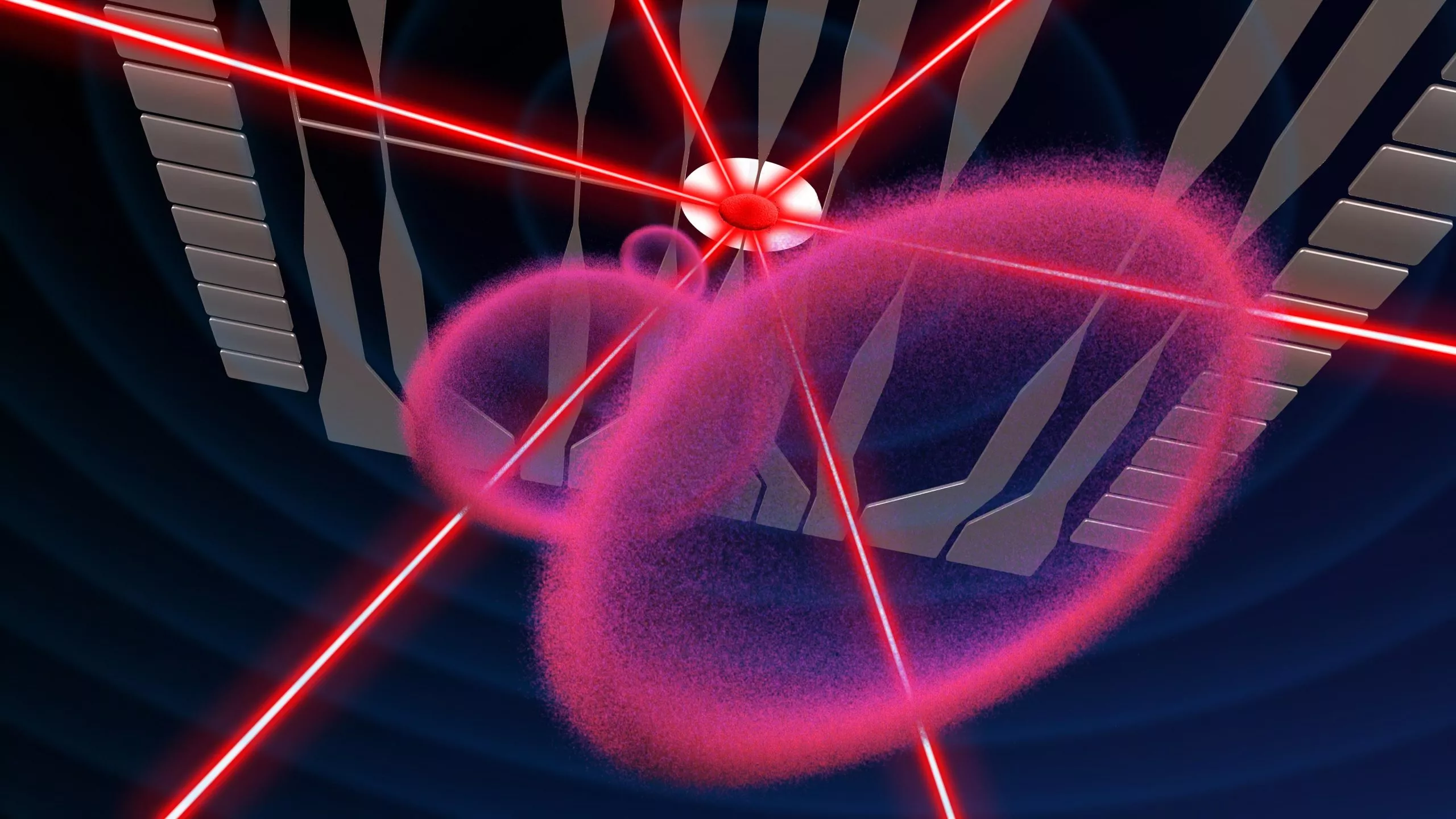Since NASA's Apollo program, astronauts have recorded that liquids such as water behave differently in microgravity than on earth. Now, researchers have demonstrated this effect by using a more exotic material - a gas cooled to almost absolute zero (minus 273 degrees Celsius). It is reported that this is the lowest temperature that a substance can reach.

Using NASA's cold atom laboratory, the first quantum physics facility on the international space station, researchers cooled atomic samples to one millionth of absolute zero and molded them into extremely thin hollow spheres. The cold gas starts as a small ball, like an egg yolk, and then is carved into something more like a thin eggshell. The atoms converge downward and form things that are closer in shape to contact lenses than bubbles, an attempt that is impossible on earth.
This milestone can only be achieved in the microgravity environment of the space station. The relevant research report was published in nature on May 18 local time.
It is understood that ultra-low temperature bubbles can eventually be used in a new experiment of a more peculiar material: the fifth material state (different from gas, liquid, solid and plasma), which is called Bose Einstein condensate (BEC). In BEC, scientists can observe the quantum properties of atoms in the range visible to the naked eye. For example, atoms and particles sometimes behave like solid objects, and sometimes behave like waves -- this quantum property is called "wave particle duality".
The work does not require the assistance of astronauts. Ultra low temperature bubbles are made in a tightly sealed vacuum chamber in the cold atom laboratory. They use a magnetic field to gently manipulate the gas into different shapes. The laboratory itself -- about the size of a mini refrigerator -- is operated remotely by JPL.
The largest bubble is about 1 mm in diameter and 1 micron in thickness. They are so thin that only thousands of atoms can make them. In contrast, a cubic millimeter of air on earth contains about 1 billion trillion molecules.
The main author of this new work David aveline, a member of NASA's cold atom laboratory science team at the Jet Propulsion Laboratory in Southern California, said: "These are not like your ordinary soap bubbles. As far as we know, nothing in nature can be as cold as the atomic gas produced in the cold atom laboratory. So we start with this very unique gas to study its performance when it is shaped into fundamentally different geometries. And historically, when a material is manipulated in this way, there can be very interesting physics and new applications."
Why is it "important"
Exposing materials to different physical conditions is the core of understanding them. This is often the first step in finding practical applications for these materials.
The use of the cold atom laboratory on the space station for these types of experiments enables scientists to eliminate the effects of gravity, which is usually the main force affecting fluid motion and behavior. By doing so, scientists can better understand other factors at work, such as the surface tension or viscosity of liquids.
Now that scientists have created supercooled bubbles, they will next transition the supercooled gas that makes up the bubbles to the BEC state and see how it behaves.
"Some theoretical work shows that if we work with one of these bubbles in the BEC state, we may be able to form vortices in quantum materials - basically small vortices," said Nathan Lundblad, a professor of physics at Bates College in Lewiston, Maine and the first researcher of the new study, "This is an example of physical configuration, which can help us better understand the characteristics of BEC and better understand the properties of quantum matter."
The field of quantum science has brought the development of modern technology, such as transistors and lasers. Quantum surveys in earth orbit may lead to improvements in spacecraft navigation systems and sensors for the study of the earth and other celestial bodies in the solar system. The ultracold atomic facility has been operating on earth for decades, but in space, researchers can study ultracold atoms and BEC in new ways because the influence of gravity is reduced. This allows researchers to regularly reach lower temperatures and observe phenomena for longer than on earth.
Jason Williams, a project scientist at JPL cold atom laboratory, said: "the main goal of our cold atom laboratory is basic research - we hope to use the unique space environment of the space station to explore the quantum properties of matter. Studying ultracold atoms in new geometry is a perfect example."